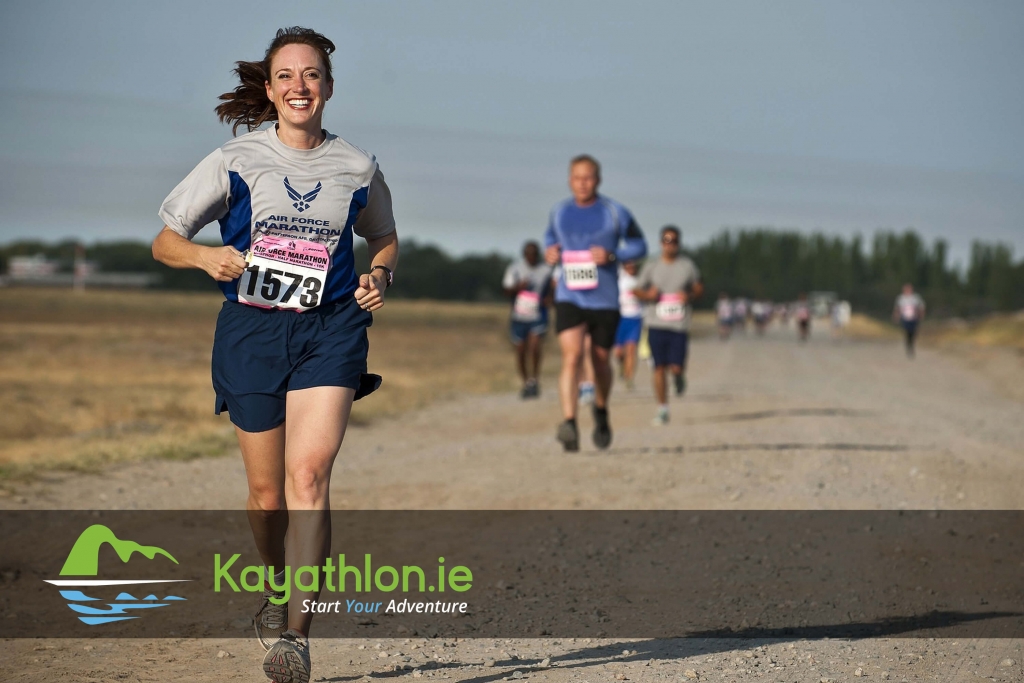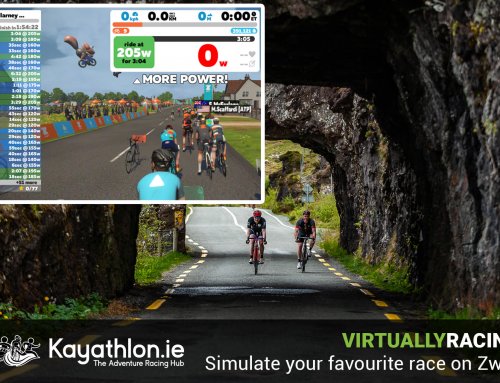Conquer Heavy Leg Syndrome
By Greg Dillon|2021-10-21T12:48:56+01:00March 28th, 2017|Categories: Cycling, Kayaking, Running, Tips & Tricks, Training|Tags: 26extreme, Adventure Race, adventurerace, BlackStairs Adventure Race, Cycle, Delayed Onset Muscle Soreness, dingleadventurerace, DOMS, Focus Ireland Tunnel Run, Kayak, Off The Bloom, Quest Adventure Series, Run, triathlon|0 Comments
About the Author: Greg Dillon
Related Posts
This site uses Akismet to reduce spam. Learn how your comment data is processed.








Leave A Comment